1. "Laminitis occurs mostly just in both front feet".
I disagree. The majority of cases of endocrine (caused by EMS or PPID) laminitis that I have seen have had evidence of laminitis in all 4 feet. Often the fronts are worse, sometimes the hinds, sometimes 3 feet, sometimes 1, but nearly always there is an increased digital pulse, or hoof rings or stretched white line, in all 4 feet, and x-rays confirm laminitis in all 4. Many people don't have hind feet x-rayed - they should.
An owner in the USA recently reported that her vet had told her that horses couldn't get laminitis from grass in their hind feet. So does he think there's perhaps some sort of filter that prevents "laminitis trigger factors", e.g. probably insulin, entering the blood system in the hind legs, and yet allowing these same trigger factors to get to the front legs? Or did thinking not play too big a role in his comment?! Unlike supporting limb laminitis, which usually affects a specific leg, both endocrine and SIRS laminitis are systemic - that means they affect the whole body, so all 4 feet have the potential for laminitic damage, but the severity with which different feet are affected is likely to depend on factors like weight bearing and foot balance.
More about laminitis in all 4 feet...
| 2. "The "typical laminitic stance" is front feet stretched out in front and hind feet further under body". I disagree. I've seen horses with laminitis that was blindingly obvious to me not be diagnosed because they weren't showing the "typical laminitic stance" of being rocked back on their heels/hind legs. This isn't going to happen if they've got laminitis in all 4 feet - in these cases their stance is often fairly normal, just tense and painful looking, often with paddling of fronts and/or hinds - but this may be intermittent and not obvious unless you stand and watch the horse for some time. I've seen just about every combination of fore legs forward, normal and back and hind legs forward, normal and back. When Homer had severe laminitis in all 4 feet (hinds worse) his hind legs were so far forward and his front legs so far back, they made a V underneath him, and he spent a lot of time "sitting" in the corner of the stable with his quarters so far underneath him that 4" of his tail was on the ground. So I don't think we should be looking for the "typical laminitic stance" - ANY unusual stance should be investigated. | |
I disagree. It really worries me that so often the treatment for laminitis is 6 - 9 months box rest. Correct treatment should be:
- identify and remove/treat the cause (which will nearly always be EMS and/or PPID but you can assume high insulin, even if not indicated by tests, until proven otherwise),
- and immediately x-ray, realign and support the feet - which I would generally do barefoot with supportive bedding and/or boots and pads.
As soon as the acute laminitis has passed, the horse is off all pain relief (and pain relief shouldn't be needed for more than a week - if it is, you either haven't identified and removed the cause, or correctly realigned and supported the feet) and the feet are realigned as much as they can be (the palmar angle is correct at around 5', breakover is back in line with correct new growth from the coronet, a bevel is reducing separating forces on the walls) and the foot is correctly supported to maximise weight bearing at the back of the foot, the horse should be able to start moving around either on supportive bedding or with thick pads inside boots - movement is an essential part of recovery, and lack of movement will decrease circulation, lead to bone loss, prevent abscesses mobilising.... Like everything it's a balance and must be got right (and a horse on pain relief and with incorrect feet should NEVER be allowed to move much), but I've seen hundreds of successful rehabilitations with this method. The ECIR group, co-run by Dr Eleanor Kellon, has a DDT+E protocol - diagnosis, diet, trim and exercise when able - they've got 11,000 members, I've followed every post for over 3 years, and I've rarely seen a horse fail to fully recover, only when the protocol isn't properly followed (one of Dr Kellon's favourite sayings is "half-way measures get half-way results" - this is so true). But I do know of several horses, usually shod, on long-term box rest, usually having long-term Bute as well, that haven't made it.
For more information see www.ecirhorse.org
4. "Many horses don't recover from laminitis".
But they really should, if the protocol above is correctly followed. Most cases of laminitis have some rotation and/or sinking (founder). But as long as this is recognised and correctly and quickly rehabilitated, I have seen very little evidence that the chances of a full recovery are limited - in my experience this is generally only long-term cases where bone loss or sepsis had set in before the horse was presented for treatment, or where correct treatment/realignment haven't taken place. Of course, "correctly" and "quickly" are all important - very often horses are treated, but incorrectly - the cause is never identified and removed or treated (which includes getting the diet right or the correct medication for a horse with PPID), the feet aren't immediately x-rayed and trimmed for realignment of the hoof to the pedal bone, and they aren't correctly supported to ensure maximum weight bearing at the back of the foot and not on the separated walls.
If a human friend with diabetes broke their leg, you wouldn't be waiting for an invitation to their funeral! You'd expect them to have the bone set back in place, perhaps a short period of rest followed by a long period of physio, whilst managing their diet to keep their diabetes under control, possibly with drugs, and once fully recovered from the break, you'd hope they'd follow a sensible exercise and eating plan. It's much the same for a horse that's had endocrine laminitis - expect a full recovery, make sure you use professionals who not only expect it too but can prove they can achieve it, and start planning what you are going to be doing with your horse in 9 months time! I can't promise it will be easy, it often isn't, but getting your horse through laminitis and back to a normal life is incredibly rewarding and will almost certainly bring you closer together, you'll probably meet some great supportive people along the way, and you'll almost certainly learn a lot!

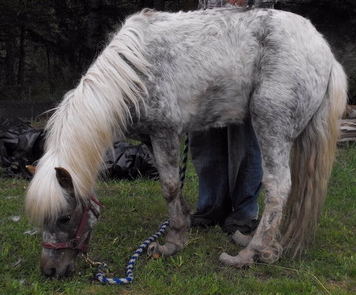
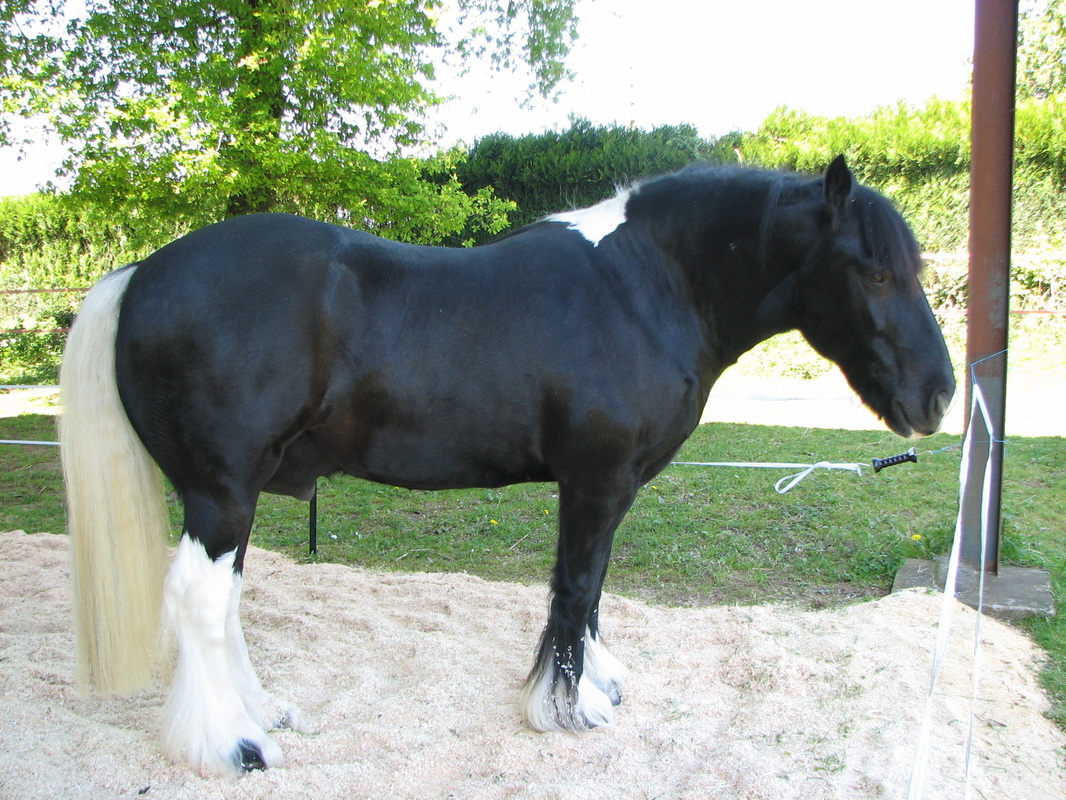
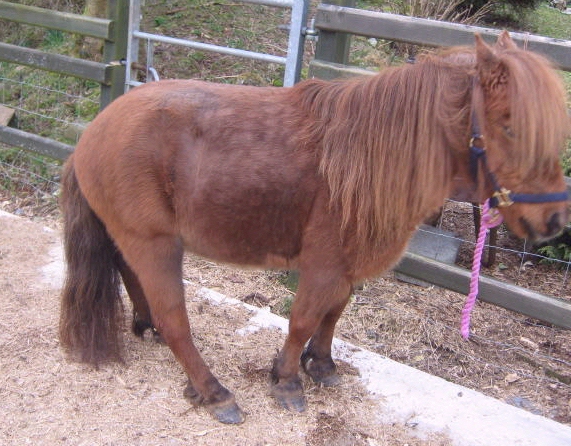
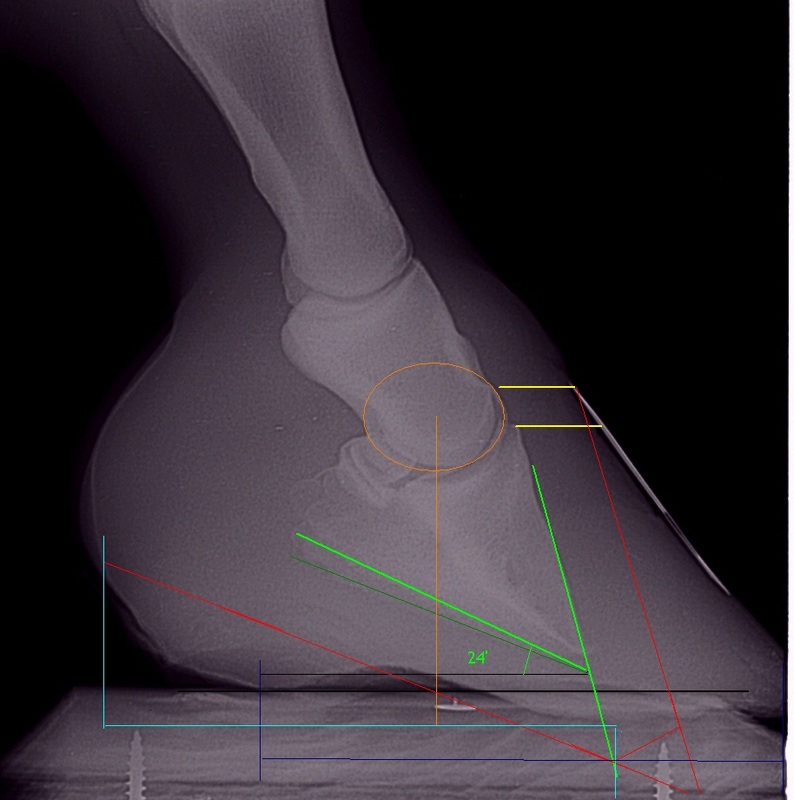
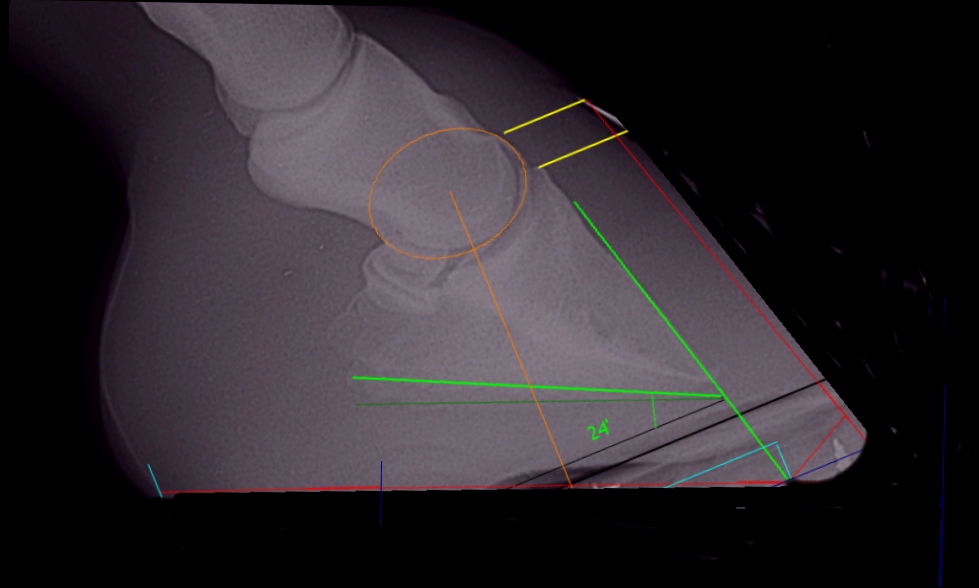
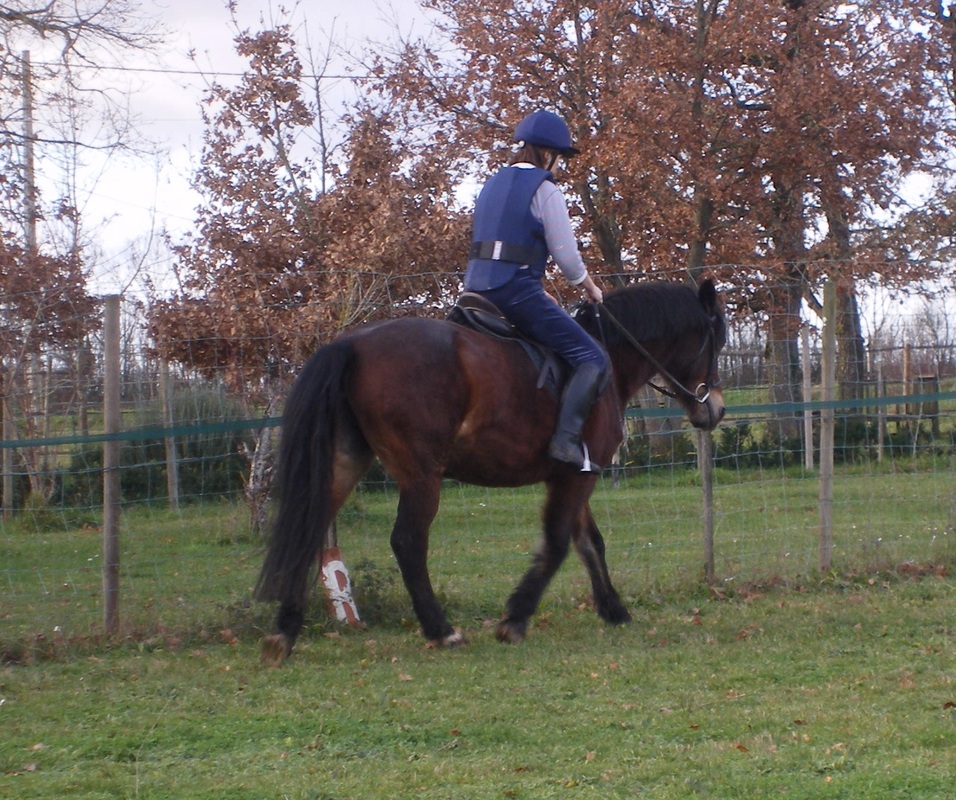
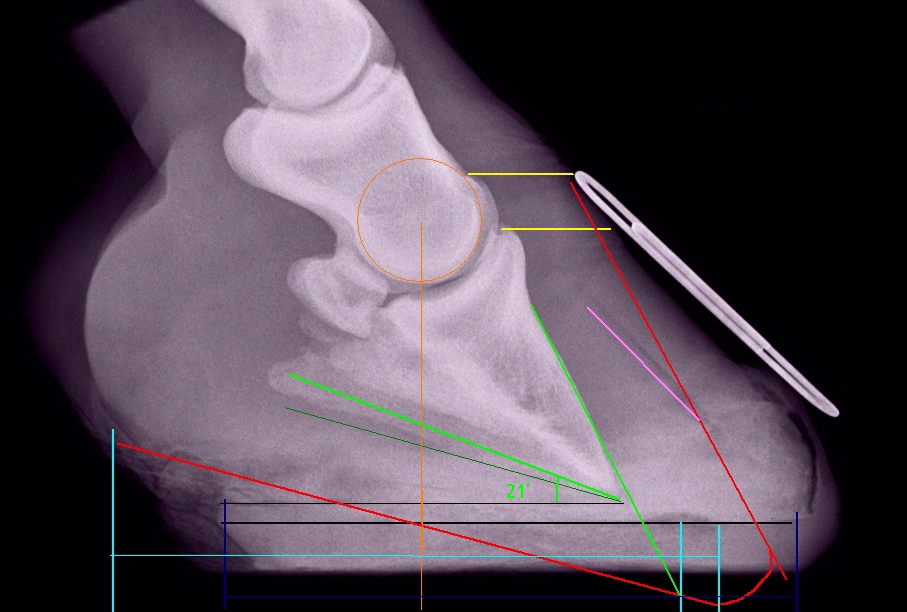
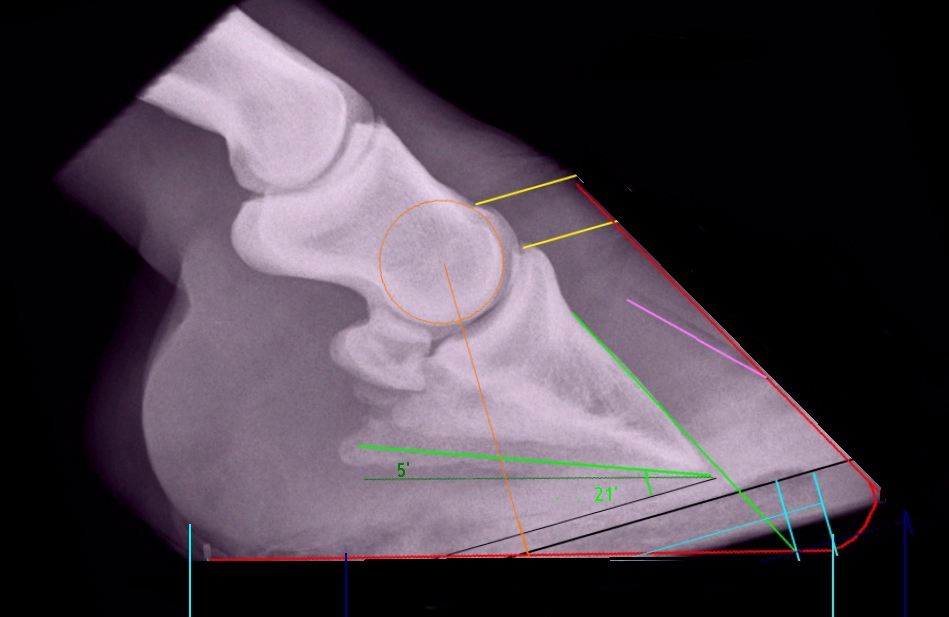
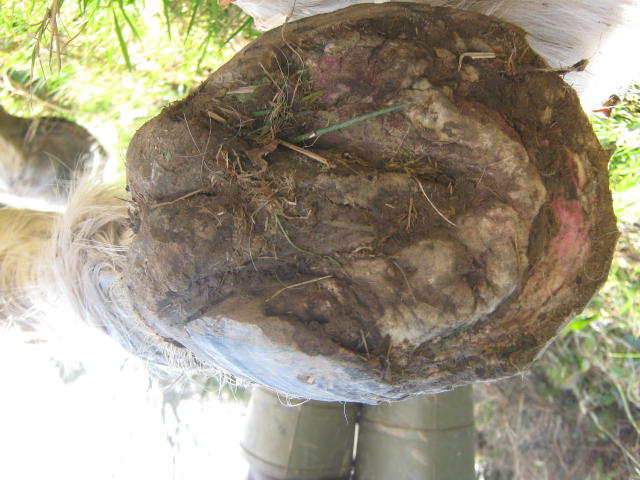
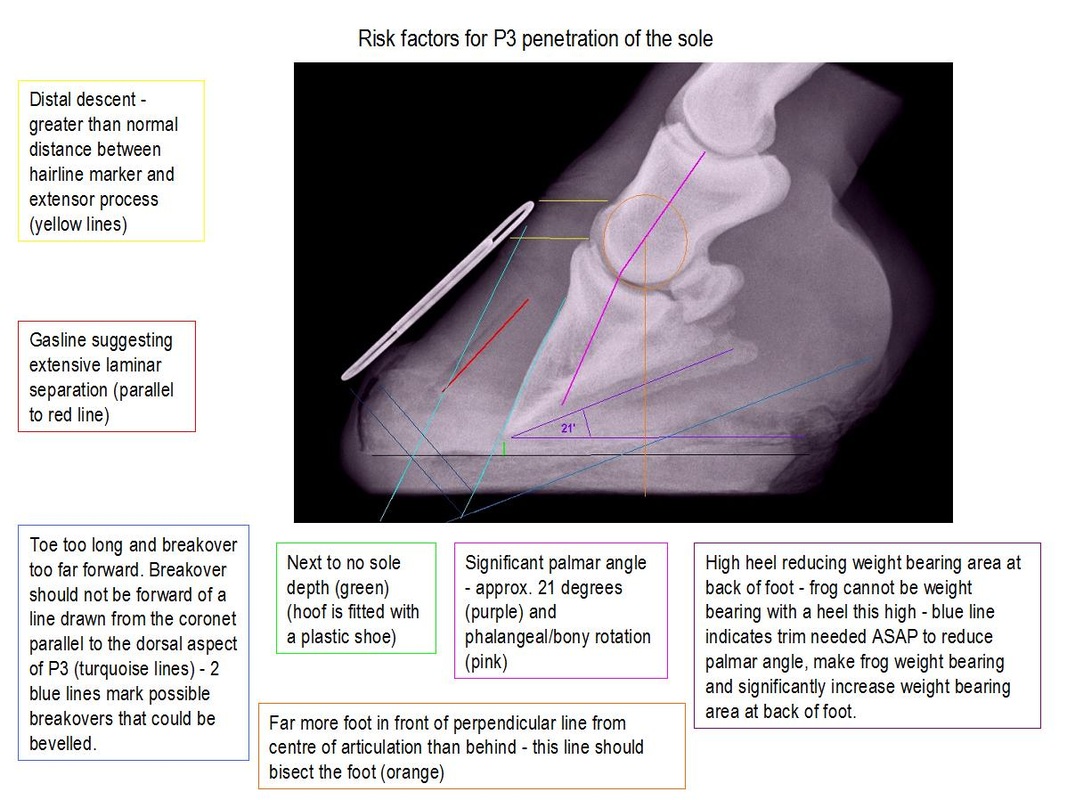
 RSS Feed
RSS Feed